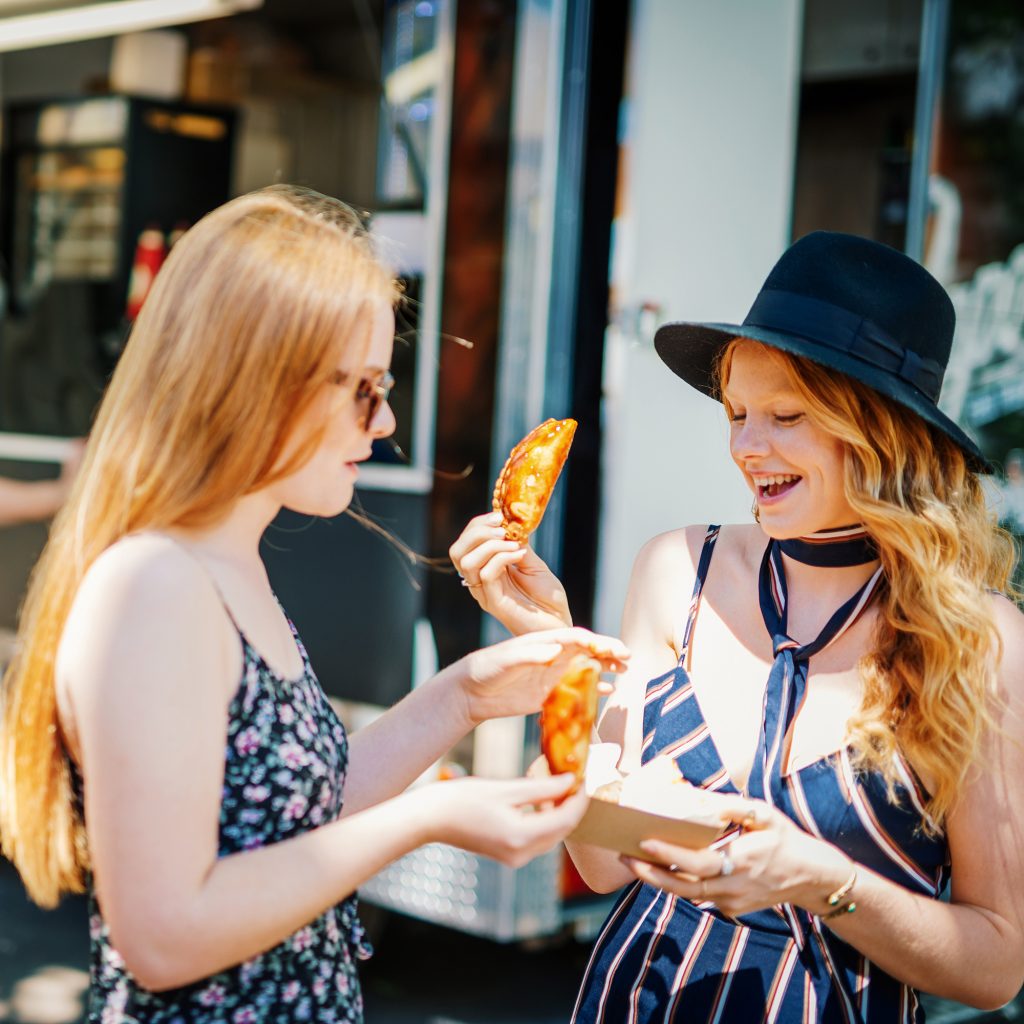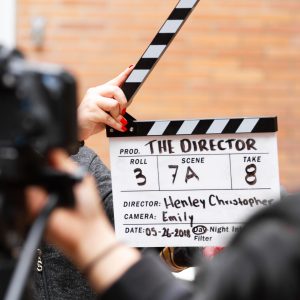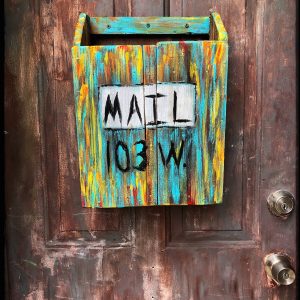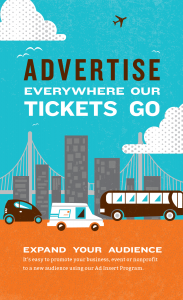

Influencers. The term conjures images of chic people who post perfect selfies (ahem #sponsored), travel the world for free, and stay in world-class resort hotels. As a JOB.
Influencer marketing, as trendy as it may sound, is a serious promotion tool for events. It is gaining ground as the most effective way to reach millennials and gen z, who distrust brands, don’t watch commercials, and are peer-driven.
It might sound expensive and complicated, but micro- and nano-influencers may be willing to promote your show in exchange for free tickets. Giving away a few free tickets for a bump in sales is well worth it.
Do you want awareness, engagement or ticket sales? What audience are you trying to reach? Have a clear vision of your goals before you begin your campaign. Also consider how you will measure those goals.
If you’re having a large event and a big promotion budget, there are agencies and platforms, such as Obviously that can help you select the right people, draw up contracts, and reach out to the chosen ones for a ‘collab,’ i.e. a partnership.
But there’s nothing stopping you from doing the research yourself.
Types of Influencers
Celebrities.You know, famous people. Modern celebrities include YouTube stars and other celebrities who made their fame online (RIP Grumpy Cat). They have the following of a small country, but that hefty following means a a single post could cost thousands.
Industry Experts/Thought Leaders. The ones that know their subject inside and out, who others in the industry turn to when they need advice. A great selection for those having conferences, leadership seminars, retreats.
Microinfluencers. Scrunch.com defines a ‘microinfluencer’ as someone with a following of 2,000 to 50,000.
Over half of US and UK marketers who use influencer marketing are now working with micro-influencers, because they are more cost-effective. Emarketer has more information on how brands are paying influencers.
Nanoinfluencers. If you’re just dipping a toe into influencer marketing, finding a nano-influencer may be where to start. They have as few as 1,000 followers and are more willing to accept free tickets as comps. Look for recent posts, a lot of real engagement on their account, and a line in their bio that says they’re open to collabs.
How to Reach Out to Influencers
Many influencers view their social accounts as artistic means of expression, rather than a stream of product promotion. Try to find ones that match your events’ brand.
Offer an incentive and be direct about expectations. Aim for a professional, long-lasting relationship.
Just No
Hey Influencer, I see you’re into music. Can you mention our Blue Bridge music festival? It’s coming up this September. XO – James
It’s vague, there aren’t any details or incentives, and it assumes that the influencer will post about the event just because you asked.
Better
Hey Sophie, We love the way you cover music and are interested in collaborating. We’re in the process of organizing the Blue Bridge music fest, which will take place September 9-12.Would you be willing to promote our festival in exchange for free tickets/a sweet hoodie? We’re expecting one post at least a week before the event and one Instagram story from the festival. We would be able to give your followers a special discount code, offering $10 off $100 passes and we would like our collaborators to tag us @BridgeCityMusic and use the hashtag #BlueBridgeRocks
Please get back to us before August 22, if you’d like to work together.
Why this approach works: It’s friendly, specific, and un-bot-like. It offers the influencer free tickets and a coupon code for their followers.
Drawbacks
Influencers don’t always follow through. You get everything set up on your end, the big day comes and they don’t show up for their free tickets. Or worse, they attend your show but never post. This is why some marketing teams use contracts when working with influencers.
You only have so much control of the content. Give the creator space to do what they do. For example, “we’d like one close up of a grilled cheese, on a red plate in front of our food festival sign” is a little too specific. Trust that they know what they’re doing and that they know what their audience will respond well to.
Sometimes those followers are fake. Pixlee has an excellent article on how to spot a fake following.
Need advice on influencer marketing for your next event or some general ideas on where to start? Email our promo team at promo[at]brownpapertickets.com to set up a free consultation.
Event Tips >







 Arts
Arts Comedy
Comedy Event Tips
Event Tips Film
Film Food & Drink
Food & Drink Good Causes
Good Causes Music
Music News
News Radio
Radio Roller Derby
Roller Derby